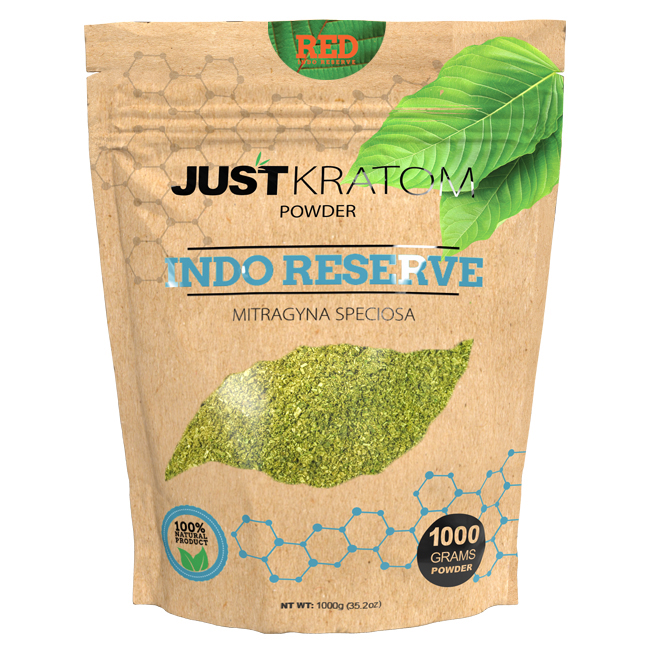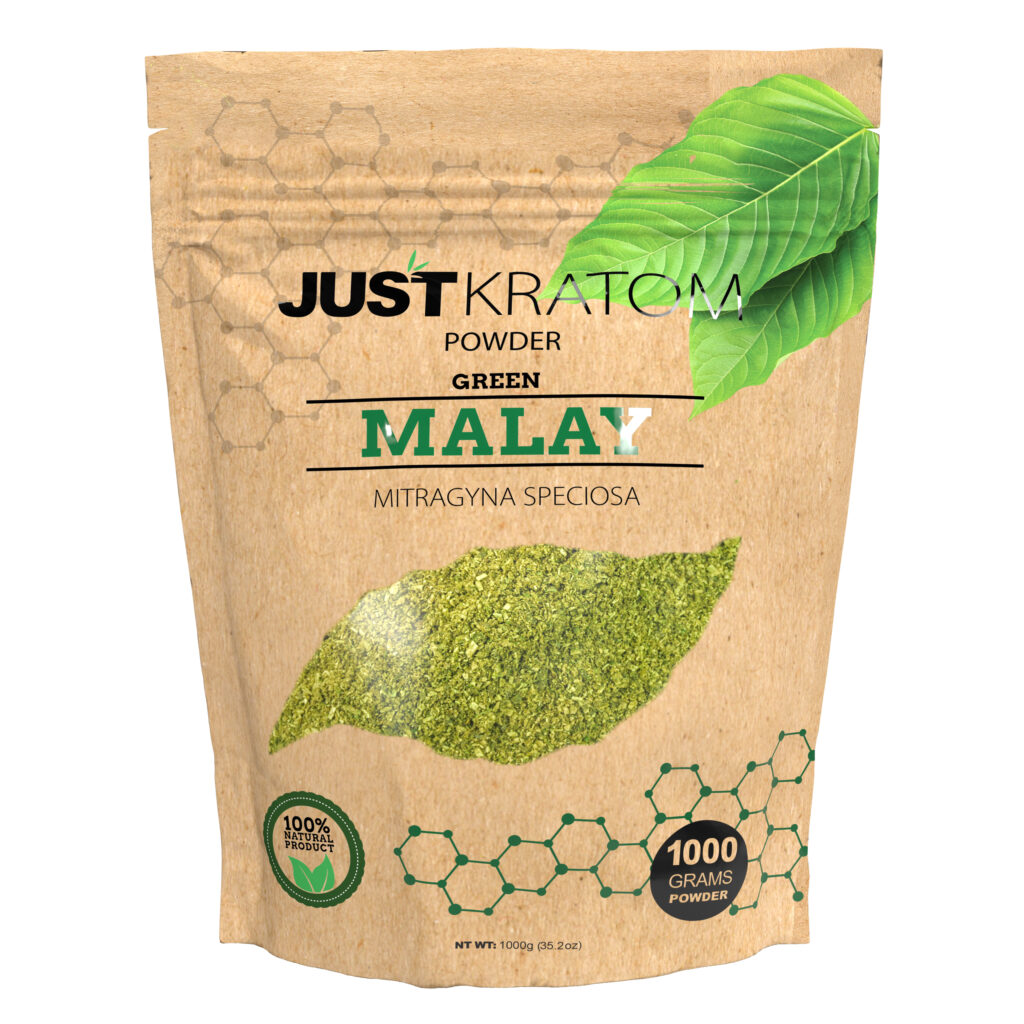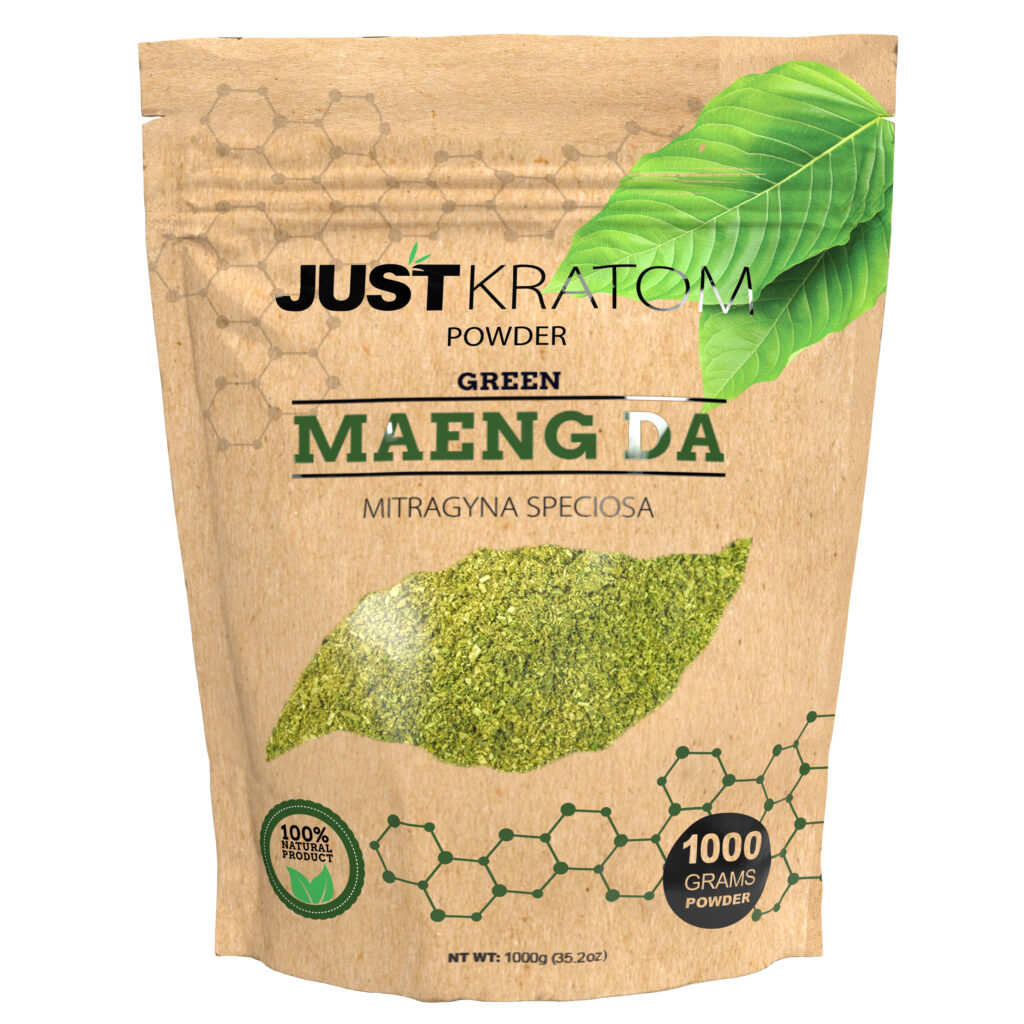Chemistry and Pharmacology
Chemistry and pharmacology delve into the fascinating world of how substances interact with our bodies. Understanding these interactions is crucial for comprehending the effects of various compounds, including natural substances like kratom.
Kratom Alkaloids
Kratom, a tropical tree native to Southeast Asia, has gained attention for its potential as a natural energy booster. The plant’s leaves contain various alkaloids, primarily mitragynine and 7-hydroxymitragynine, which are responsible for its pharmacological effects.
Mitragynine binds to opioid receptors in the brain, producing effects similar to opioids such as morphine. However, kratom’s effects are generally milder and shorter-lasting. At lower doses, mitragynine stimulates the central nervous system, leading to increased energy, alertness, and focus.
7-hydroxymitragynine also contributes to kratom’s energizing properties by interacting with dopamine receptors, which play a role in motivation and reward. It is thought that this interaction may contribute to kratom’s ability to elevate mood and reduce fatigue.
Mitragynine and 7-hydroxymitragynine
The synergistic effects of mitragynine and 7-hydroxymitragynine create kratom’s unique profile as an energy booster. While mitragynine directly stimulates the central nervous system, 7-hydroxymitragynine enhances these effects by influencing dopamine pathways associated with motivation and reward. This combination results in the energizing, mood-lifting, and fatigue-reducing effects commonly attributed to kratom.
Mechanism of Action
To understand how kratom powder works as a natural energy booster, it’s essential to explore its mechanism of action. Kratom leaves contain alkaloids, primarily mitragynine and 7-hydroxymitragynine, which exert their effects by interacting with specific receptors in the brain.
Interaction with Opioid Receptors
Mitragynine, a key alkaloid in kratom, acts on opioid receptors located in the central nervous system. These receptors are involved in pain perception, pleasure, and mood regulation.
By binding to these receptors, mitragynine produces effects similar to opioids but with less intensity and shorter duration.
At lower doses, the stimulation of opioid receptors leads to increased alertness, energy, and focus. This contributes to kratom’s reputation as a natural energy booster.
Effects on Dopamine and Norepinephrine Systems
The mechanisms through which kratom powder exerts its energizing effects are multifaceted and involve interactions with key neurotransmitter systems in the brain.

- Mitragynine, the primary alkaloid in kratom, exerts its effects primarily by binding to opioid receptors in the central nervous system.
- This interaction stimulates dopamine and norepinephrine pathways, leading to increased energy, alertness, and motivation.
7-hydroxymitragynine, another significant alkaloid in kratom, also contributes to its energizing effects by directly acting on dopamine receptors.
Dopamine is a neurotransmitter associated with reward, motivation, and pleasure. By influencing dopamine pathways, 7-hydroxymitragynine enhances the mood-boosting and fatigue-reducing properties of kratom.
The synergistic interplay between mitragynine and 7-hydroxymitragynine creates the unique profile of kratom as a natural energy booster.
Energetic Effects of Kratom Powder
Kratom, a tropical tree native to Southeast Asia, has gained popularity for its potential to boost energy levels naturally. The energizing effects are attributed primarily to two alkaloids found in kratom leaves: mitragynine and 7-hydroxymitragynine.
Stimulating Properties at Low Doses
Mitragynine acts on opioid receptors in the brain, leading to increased alertness, energy, and focus at lower doses. This stimulation of the central nervous system contributes to kratom’s reputation as a natural energy booster.
7-hydroxymitragynine, another key alkaloid, directly interacts with dopamine receptors, further enhancing kratom’s energizing effects. Dopamine is a neurotransmitter associated with reward, motivation, and pleasure, so this interaction likely contributes to the mood-lifting and fatigue-reducing qualities of kratom.
The combined actions of mitragynine and 7-hydroxymitragynine create a synergistic effect that results in kratom’s unique profile as an energy booster. This interplay between opioid and dopamine pathways allows kratom to stimulate the central nervous system, elevate mood, and reduce fatigue.
Mental Focus and Alertness Enhancement
Kratom, a tropical tree native to Southeast Asia, has gained attention for its potential as a natural energy booster. The plant’s leaves contain various alkaloids, primarily mitragynine and 7-hydroxymitragynine, which are responsible for its pharmacological effects.
Mitragynine binds to opioid receptors in the brain, producing effects similar to opioids such as morphine. However, kratom’s effects are generally milder and shorter-lasting. At lower doses, mitragynine stimulates the central nervous system, leading to increased energy, alertness, and focus.
7-hydroxymitragynine also contributes to kratom’s energizing properties by interacting with dopamine receptors, which play a role in motivation and reward. It is thought that this interaction may contribute to kratom’s ability to elevate mood and reduce fatigue.
- Mitragynine stimulates opioid receptors in the brain, leading to increased alertness, energy, and focus.
- 7-hydroxymitragynine interacts with dopamine receptors, enhancing mood and reducing fatigue.
The synergistic effects of mitragynine and 7-hydroxymitragynine create kratom’s unique profile as an energy booster. While mitragynine directly stimulates the central nervous system, 7-hydroxymitragynine enhances these effects by influencing dopamine pathways associated with motivation and reward. This combination results in the energizing, mood-lifting, and fatigue-reducing effects commonly attributed to kratom.

Increased Physical Energy Levels
Kratom, a tropical tree native to Southeast Asia, has gained attention for its potential as a natural energy booster. The plant’s leaves contain various alkaloids, primarily mitragynine and 7-hydroxymitragynine, which are responsible for its pharmacological effects.

- Mitragynine stimulates opioid receptors in the brain, leading to increased alertness, energy, and focus.
- 7-hydroxymitragynine interacts with dopamine receptors, enhancing mood and reducing fatigue.
The synergistic effects of mitragynine and 7-hydroxymitragynine create kratom’s unique profile as an energy booster. While mitragynine directly stimulates the central nervous system, 7-hydroxymitragynine enhances these effects by influencing dopamine pathways associated with motivation and reward. This combination results in the energizing, mood-lifting, and fatigue-reducing effects commonly attributed to kratom.
Potential Benefits for Energy Boosting
For those seeking natural ways to boost energy levels, kratom has emerged as a popular option.
Combatting Fatigue and Lack of Motivation
Kratom’s energizing effects are primarily attributed to two alkaloids: mitragynine and 7-hydroxymitragynine. Mitragynine stimulates opioid receptors in the brain, leading to increased alertness, energy, and focus.
7-hydroxymitragynine, on the other hand, interacts with dopamine receptors, enhancing mood and reducing fatigue. Together, these alkaloids create a synergistic effect that contributes to kratom’s reputation as a natural energy booster.
By stimulating the central nervous system and influencing neurotransmitters associated with motivation and reward, kratom can help combat fatigue and lack of motivation.
Improving Cognitive Performance and Productivity
Kratom is gaining recognition for its potential to enhance energy levels naturally. Its energizing effects are primarily attributed to two key alkaloids: mitragynine and 7-hydroxymitragynine. Mitragynine stimulates opioid receptors in the brain, leading to increased alertness, focus, and energy.
7-hydroxymitragynine also plays a role, interacting with dopamine receptors which are associated with motivation and pleasure. This interaction likely contributes to kratom’s mood-boosting and fatigue-reducing effects. Together, these alkaloids create a synergistic effect that results in kratom’s reputation as a natural energy booster.
By stimulating the central nervous system and influencing neurotransmitters involved in motivation and reward, kratom can help individuals combat fatigue and experience an uplift in energy levels.
Supporting Daily Activity and Exercise
Kratom, a tropical tree native to Southeast Asia, has gained attention for its potential as a natural energy booster. The plant’s leaves contain various alkaloids, primarily mitragynine and 7-hydroxymitragynine, which are responsible for its pharmacological effects.
- Energy Boosting: Mitragynine stimulates opioid receptors in the brain, leading to increased alertness, energy, and focus.
- Supporting Daily Activity: Kratom’s ability to combat fatigue and increase mental clarity can support daily activities and improve overall productivity.
- Exercise Enhancement: By elevating energy levels and reducing fatigue, kratom may enhance athletic performance and stamina during workouts.
Considerations and Precautions
While kratom shows promise as a natural energy booster, it is essential to consider potential risks and side effects before use. Kratom can interact with certain medications and may have adverse effects on individuals with pre-existing health conditions. It’s crucial to consult with a healthcare professional before using kratom, especially if you are pregnant, breastfeeding, or taking other medications.
Dosage and Tolerance Development
Considerations and precautions regarding kratom use are crucial for ensuring safe and responsible consumption.
- Dosage: Determining the appropriate dosage of kratom is essential as it varies based on individual factors such as body weight, tolerance, and desired effects. Starting with a low dose and gradually increasing it is recommended to assess tolerance and minimize potential side effects.
- Tolerance Development: Regular kratom use can lead to tolerance development, meaning that higher doses may be required to achieve the same effects over time. It’s important to monitor for signs of tolerance and adjust dosage accordingly to avoid excessive use or dependence.
- Potential Side Effects: Kratom can cause side effects such as nausea, constipation, dizziness, and anxiety. These effects are generally mild and transient but may be more pronounced in individuals with sensitivities or pre-existing health conditions. It’s important to discontinue use if any adverse effects occur.
- Interactions: Kratom can interact with certain medications, particularly those affecting the central nervous system or opioid receptors. Consulting a healthcare professional before using kratom is crucial to ensure it won’t interfere with existing medications.
- Pre-existing Health Conditions: Individuals with pre-existing health conditions such as liver disease, kidney disease, or mental health disorders should exercise caution when considering kratom use. The potential risks and benefits should be carefully weighed with a healthcare professional.
It’s important to remember that kratom is not a risk-free substance and should be approached with caution. Consulting with a healthcare professional is crucial for personalized advice and guidance regarding kratom use, dosage, and potential risks.
Potential Side Effects and Interactions
Considerations and precautions are essential when exploring kratom as an energy booster. It’s important to note that kratom can interact with certain medications and may have adverse effects on individuals with pre-existing health conditions. Consulting with a healthcare professional before using kratom, especially if you are pregnant, breastfeeding, or taking other medications, is crucial.
- Dosage: Determining the appropriate dosage of kratom is essential as it varies based on individual factors such as body weight, tolerance, and desired effects. Starting with a low dose and gradually increasing it is recommended to assess tolerance and minimize potential side effects.
- Tolerance Development: Regular kratom use can lead to tolerance development, meaning that higher doses may be required to achieve the same effects over time. It’s important to monitor for signs of tolerance and adjust dosage accordingly to avoid excessive use or dependence.
- Potential Side Effects: Kratom can cause side effects such as nausea, constipation, dizziness, and anxiety. These effects are generally mild and transient but may be more pronounced in individuals with sensitivities or pre-existing health conditions. It’s important to discontinue use if any adverse effects occur.
- Interactions: Kratom can interact with certain medications, particularly those affecting the central nervous system or opioid receptors. Consulting a healthcare professional before using kratom is crucial to ensure it won’t interfere with existing medications.
- Pre-existing Health Conditions: Individuals with pre-existing health conditions such as liver disease, kidney disease, or mental health disorders should exercise caution when considering kratom use. The potential risks and benefits should be carefully weighed with a healthcare professional.
It’s important to remember that kratom is not a risk-free substance and should be approached with caution. Consulting with a healthcare professional is crucial for personalized advice and guidance regarding kratom use, dosage, and potential risks.
Regulation and Legal Status
Kratom, while gaining popularity as a natural energy booster, requires careful consideration due to its potential side effects and interactions.
Users should always start with the lowest effective dose and gradually increase it as needed. Regular use can lead to tolerance development, requiring higher doses for the same effect, which may increase the risk of adverse reactions.
Potential side effects include nausea, constipation, dizziness, anxiety, and in some cases, more serious issues like liver damage.
Kratom can also interact with certain medications, especially those affecting the central nervous system or opioids. Therefore, it’s crucial to consult a healthcare professional before using kratom, particularly if you are pregnant, breastfeeding, or taking other medications.
The legal status of kratom varies depending on the country or region. Some countries have banned it entirely, while others have regulations in place regarding its sale and possession. It’s essential to be aware of the laws in your area before using kratom.
Kratom Powder for vitality – Buy now
- Sculptra Surrey – Collagen Stimulation Therapy Near Shepperton, Surrey - May 24, 2025
- Jaw Fillers For A Defined Jawline Near East Molesey, Surrey - May 23, 2025
- Lip Flip Treatment Near Bourne, Surrey - May 23, 2025


